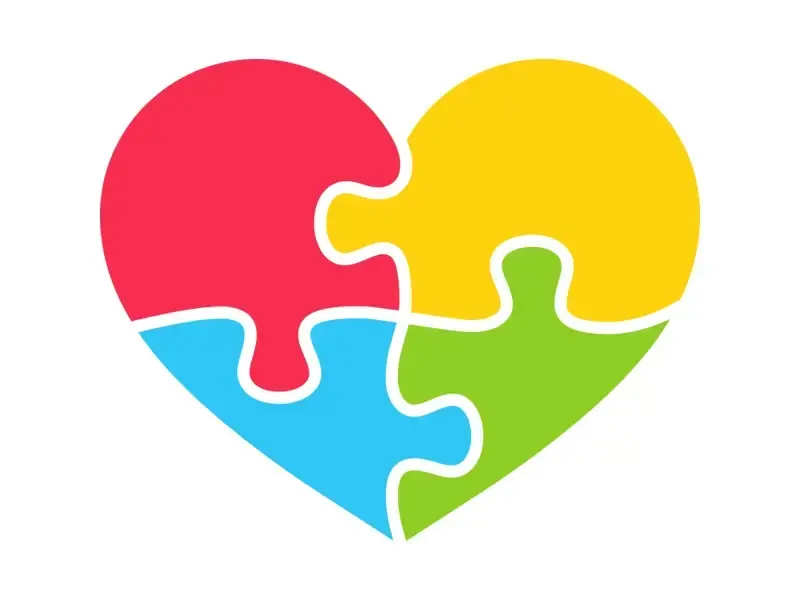Life is a balance of holding on and letting go ~ Rumi
Understanding Seasonal Affective Disorder (SAD): Symptoms, Causes, and How to Cope
As the days grow shorter and sunlight fades, many people notice their mood, motivation, and energy begin to dip. While it’s common to feel a little sluggish in the winter, for some, these changes go beyond the “winter blues.” This condition is known as Seasonal Affective Disorder (SAD) , a type of depression that follows a seasonal pattern.
In this article, we’ll explore what SAD is, its symptoms, causes, and evidence-based ways to manage it effectively.
What Is Seasonal Affective Disorder (SAD)?
Seasonal Affective Disorder, often abbreviated as SAD, is a type of depression that occurs at a specific time of year most often in the fall and winter months when daylight hours are shorter. Less commonly, SAD can occur during spring or summer.
The reduction in sunlight is believed to affect brain chemicals that regulate mood and sleep, including serotonin and melatonin. This disruption can lead to feelings of sadness, fatigue, and withdrawal from normal activities.
SAD affects an estimated 10 million Americans each year, with women being diagnosed about four times more often than men. Symptoms often begin in young adulthood and can recur annually.
Common Symptoms of Seasonal Affective Disorder
The symptoms of SAD are similar to major depression but appear seasonally and may vary in severity.
Winter-pattern SAD symptoms include:
- Persistent sadness, hopelessness, or irritability
- Low energy or fatigue despite adequate rest
- Increased sleep (often oversleeping)
- Cravings for carbohydrates or sugary foods
- Weight gain
- Difficulty concentrating or completing tasks
- Social withdrawal or loss of interest in enjoyable activities
If these symptoms persist for two weeks or longer and significantly affect daily functioning, it’s important to consult a healthcare professional for evaluation and support.
What Causes Seasonal Affective Disorder?
While the exact cause of SAD isn’t fully understood, researchers believe it’s linked to reduced sunlight exposure, which affects the body’s internal clock, hormone production, and neurotransmitters.
Key factors include:
1. Circadian rhythm disruption: Less sunlight can throw off your body’s natural sleep-wake cycle, leading to fatigue and low mood.
2. Serotonin imbalance: Sunlight helps regulate serotonin, a neurotransmitter that affects happiness. Reduced light exposure can cause serotonin levels to drop.
3. Melatonin production: Shorter days and longer nights can cause the body to produce more melatonin, which promotes sleepiness and affects mood.
4. Vitamin D deficiency: Sunlight is a natural source of vitamin D, and lower levels during winter may contribute to depressive symptoms.
How to Cope with Seasonal Affective Disorder
The good news is that SAD is highly treatable. With a combination of professional care and self-help strategies, many people experience significant relief from symptoms.
Cognitive Behavioral Therapy (CBT)
CBT, a form of talk therapy, helps identify and change negative thought patterns that contribute to depression. A subtype called CBT-SAD is specifically designed for Seasonal Affective Disorder and focuses on building coping skills, behavioral activation, and reframing negative beliefs about winter and darkness.
Medication
For moderate to severe cases, antidepressant medications (such as SSRIs) may be prescribed by a healthcare provider. These medications can help balance neurotransmitters affected by seasonal changes. Always consult a licensed clinician before starting or changing medication.
Maintain a Consistent Routine
Keeping a regular sleep and wake schedule supports the body’s internal clock. Try to:
- Wake up and go to bed at the same times daily.
- Eat balanced meals and stay hydrated.
- Schedule regular breaks for movement and sunlight exposure.
Get Outside and Move
Even on cloudy days, outdoor light exposure can boost mood. Aim for at least 20–30 minutes of daylight daily. Physical activity, especially aerobic exercise, releases endorphins and serotonin, helping counteract depressive symptoms.
Practice Self-Care and Mindfulness
Self-care is crucial in managing SAD. Try activities that foster calm and pleasure, such as:
- Journaling or creative expression
- Gentle yoga or meditation
- Spending time with supportive friends and family
- Limiting alcohol or caffeine, which can affect mood and sleep
Mindfulness practices can help reduce rumination and promote present-moment awareness, easing emotional reactivity to seasonal stressors.
Preventing Seasonal Affective Disorder
If you experience SAD symptoms annually, early intervention can make a big difference. Begin light therapy or lifestyle adjustments in early fall, before symptoms typically start.
Also, create a “winter wellness plan” that includes social support, enjoyable indoor activities, and regular therapy check-ins. Planning ahead helps you stay proactive rather than reactive when seasonal changes occur.
When to Seek Professional Help
If your mood, energy, or motivation decline significantly with seasonal changes or if you experience feelings of hopelessness, worthlessness, or thoughts of self-harm, reach out for professional support immediately. Call 988 for suicide prevention available 24/7 or You can text HOME to 741741 available 24/7. If your need is not emergent you can call or text us at 609-961-1827 to inquire about scheduling an appointment with a therapist.











